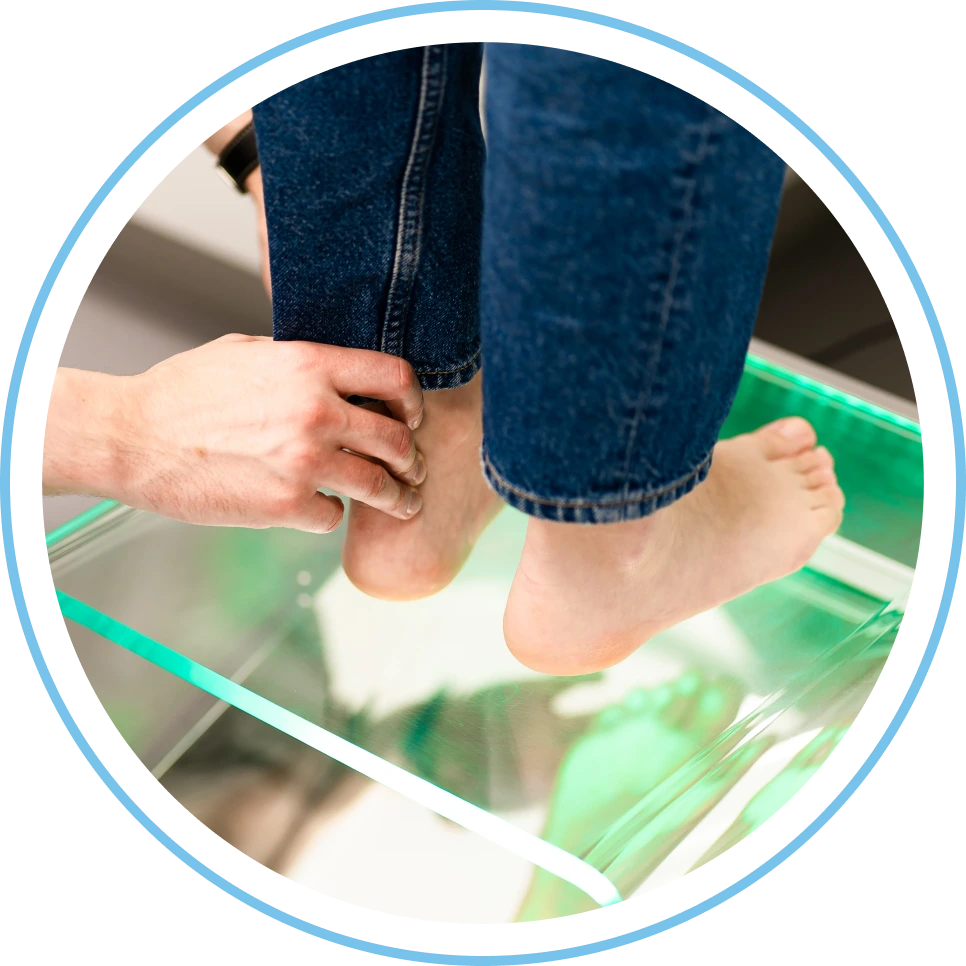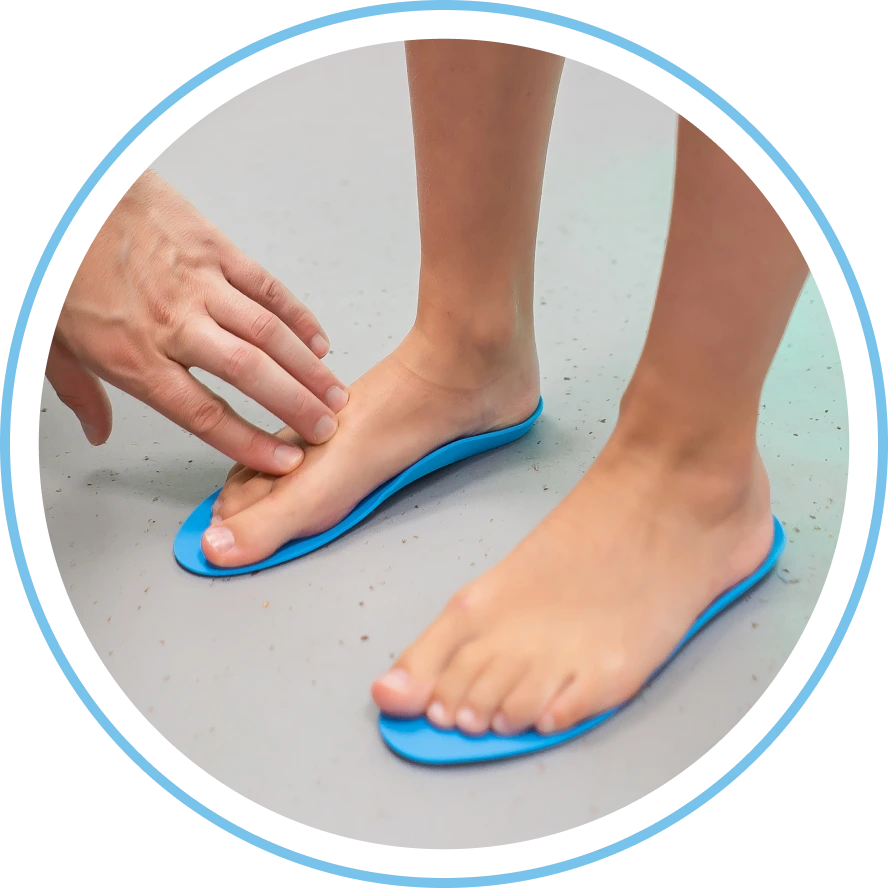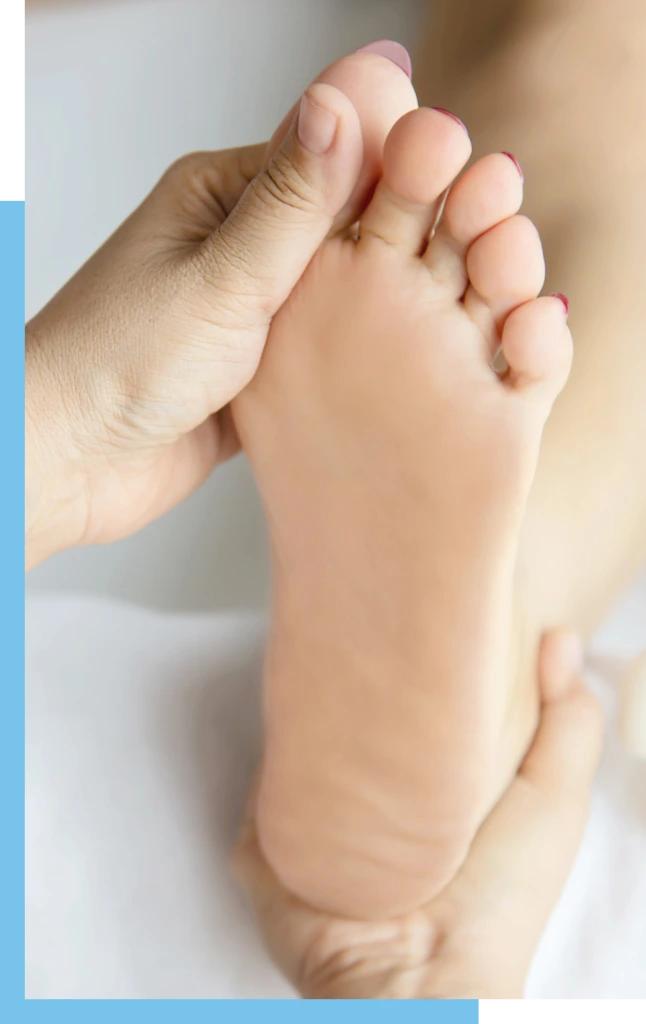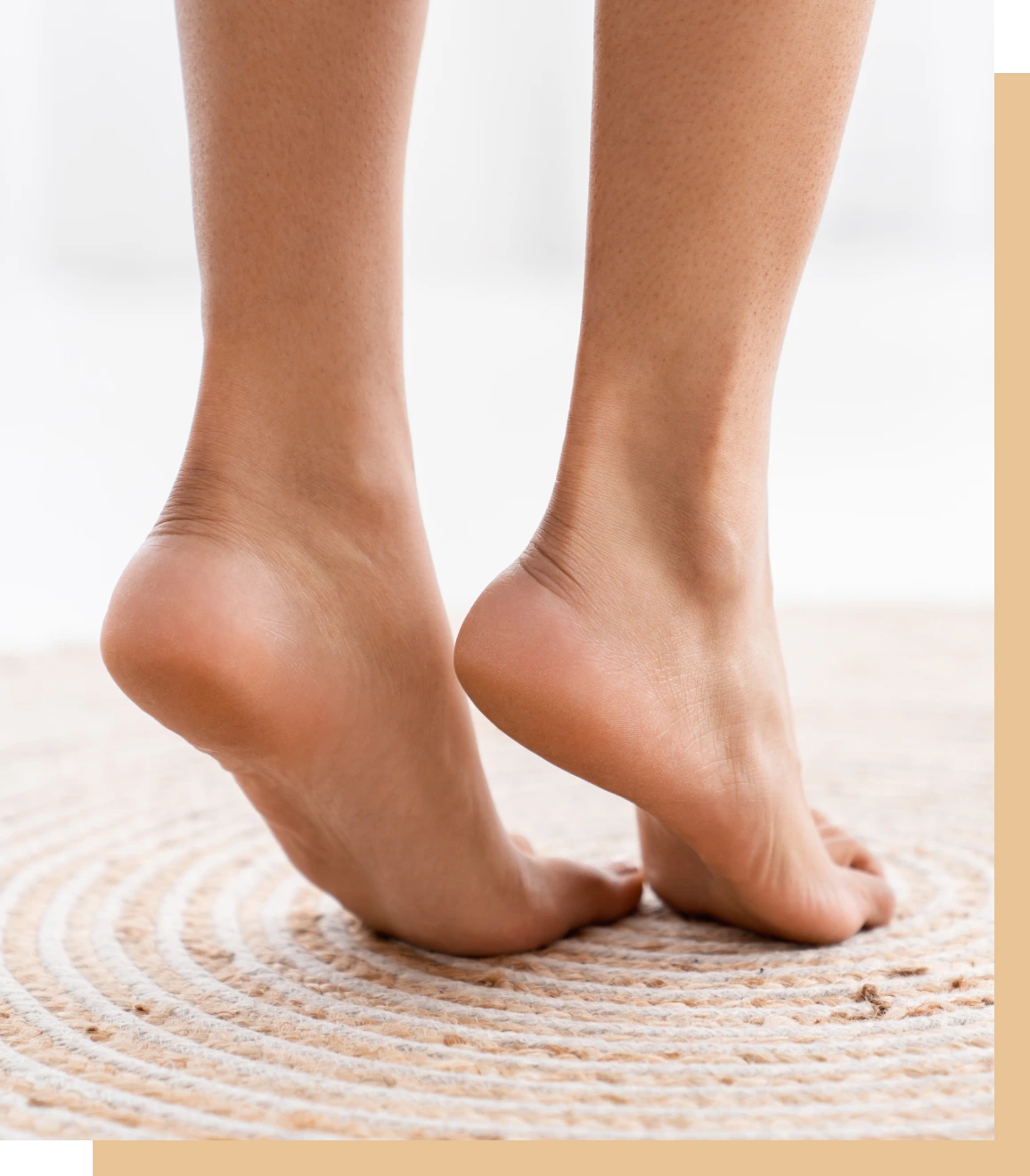

Orthotics is a type of treatment that involves the use of external devices to support or correct deformities in the body. These devices, called orthoses, are custom-made to fit an individual’s specific needs. They can be as simple as inserts for shoes or more complex braces for the ankle. Getting fitted for and receiving orthotics typically requires several appointments with Dr. Curson to ensure proper selection and function. The entire process of evaluation, fitting, and training on orthotic use averages a few weeks to months, depending on the severity of the condition. In many cases, these devices are worn over a year or even more if necessary.
Plantar fasciitis is a common condition caused by the inflammation of the plantar fascia – a thick band of tissue that runs across the bottom of the foot from the heel to the toes. This inflammation causes heel pain and stiffness, especially with the first steps in the morning or after long periods of rest. Plantar fasciitis is often caused by overuse, obesity, or spending long periods of time on the feet.
Orthotics can be an effective treatment for plantar fasciitis by providing cushioning and arch support to reduce tension and stretching of the plantar fascia. Custom-made devices may be prescribed to fit the exact contours and distribute weight evenly across the foot, relieving pressure on the inflamed tissue. Orthotics are recommended for people with chronic or severe plantar fasciitis that does not improve with other conservative treatments, such as rest, icing, stretching exercises, and over-the-counter arch supports or heel pads.
A high arch, also known as pes cavus, is a condition where the arch of the foot is unusually elevated. This causes more weight to be distributed towards the ball and heel of the foot when walking or standing. High arches can lead to pain, instability, hammertoes, calluses, and ankle sprains. Orthotics work effectively to reduce the symptoms associated with this condition. They support the arch and redistribute weight more evenly across the foot. Such orthotics are typically made from soft, flexible materials to allow normal foot motion.
Neuromas are benign growths that develop around nerves, usually between the third and fourth toes. They are caused by irritation and compression of the nerve. As a result, people feel burning, numbness, tingling, and pain in the ball of the foot and toes. Orthotic devices can be an effective treatment for neuromas because they redistribute pressure away from the irritated nerve and provide cushioning and support. The rigid material of orthotics helps to limit the motion of the foot, protecting the nerve from further compression. Orthotics provide pain relief for patients suffering from mild to moderate neuromas.
Flat feet, also known as fallen arches, are characterized by the abnormal flatness of the foot arches when standing. This can cause pain, instability, and other issues in the feet, legs, and even back due to improper alignment between different parts of the lower body. Orthotics inserted into shoes provide support for the arches and help improve the positioning. They are commonly prescribed to treat symptoms associated with flat feet.
Bunions and hammertoes are common foot deformities that may cause pain and difficulty with walking, exercise, and shoe-wearing. Both conditions involve a bending or misalignment of the toes that places pressure on the joint. Custom-made shoe inserts can treat bunions and hammertoes. They help shift the weight away from the deformed toe joint, provide cushioning, and allow more room in the shoe. They also correct muscle imbalances and alignment issues in the foot that contribute to the deformity over time. Orthotics may be prescribed for patients experiencing mild to moderate symptoms from their bunion or hammertoe.

Supportive inserts can be helpful in treating conditions like plantar fasciitis, flat feet, and metatarsalgia. They relieve inflammation and pain by taking pressure off the plantar fascia. Arch support may also improve the stability of flat feet. Metatarsalgia (pain in the ball of the foot) can be improved by reducing pressure and stabilizing the metatarsals with a supportive insert.
Heel pads are a type of orthotic that is worn inside the shoe, specifically under the heel. They are designed to provide additional cushioning and shock absorption for the heel and arch areas of the foot. Heel pads can be useful in treating conditions such as plantar fasciitis. They may also help to reduce pressure and pain in the heel and ball of the foot.
Toe separators are small devices, typically made of gel or foam, that are designed to keep toes spaced apart. They work by sliding between two toes to gently spread them and relieve pressure. This makes them useful in treating neuromas. The gentle spreading action of the toe separators allows the inflamed nerve some space to recover and reduces rubbing and irritation between the toes that contribute to neuroma pain.
An ankle-foot orthosis, or AFO, is an orthopedic device that supports the ankle and foot. AFOs are often custom-made from plastic or composite materials to fit an individual user’s shape. They are typically worn by people with foot drop, paralysis, or weakness affecting the muscles that lift the front part of the foot. AFOs help to stabilize and support proper positioning of the ankle and foot during walking or standing. They work by keeping these body parts properly aligned. There are various AFO designs tailored to different functional needs.
Unlike other AFOs, which allow for some motion, RAFOs hold the ankle in a fixed position, not allowing it to bend or flex. They are typically constructed of hard plastic or metal materials. RAFOs are prescribed for patients whose ankles need to be immobilized. They provide stability and support while limiting mobility to allow healing. RAFOs can be custom-made or available as prefabricated braces.








